Arthropods are a successful group of invertebrate animals; they are members of the phylum Arthropoda, which is known to be the largest phylum in the animal kingdom. The distinguishing feature of Arthropods is the presence of a jointed external skeleton composed of chitin, a nitrogen-containing sugar (Barnes,2014). Furthermore their body is divided into distinct parts, they have jointed legs and appendages and have bilateral symmetry.
Arthropods are known to be present in every habitat on earth and therefore show a great variety of adaptations. Some inhabit aquatic environments while others inhabit terrestrials ones (Barnes, 2014). The topic of this project specifically relates to the leaf litter habitat of these arthropods. Leaf litter is dead plant material, which has fallen to the ground. This dead organic matter and its constituent nutrients are added to the top layer of soil.
Arthropods are predated by a wide range of species: birds and bats (Kalka, 2008). Other arthropods such as spiders, mites and centipedes can use leaf litter critters as food. In that sense, arthropods have a diverse nutrition: some directly consume the components of the leaf litter and others predate on other arthropods, and even sometimes on small mammals. Some leaf litter critters can also be parasitic on other organisms, such as the beaver beetle, whose host is the beaver (Peck,2006).
Arthropods contribute to important functions within the forest environment including nutrient cycling, litter decomposition and pollination (Buddle et al., 2006). In this case, arthropods contribute to the consumption of the litter, which result in the breakdown of simple carbon compounds and the release of inorganic ions (Bot, 2005). A succession of arthropod species are involved in the process of breakdown as the leaf litter decomposes (Crossley et al, 1962)
Our Project
Research question: How does forest type affect the abundance and diversity of leaf-litter arthropods in the Morgan Arboretum?
Initially, we were interested in looking at the composition of the leaf litter in different forests and how it affected arthropod abundance and diversity. This would include determining the soil pH, temperature of the leaf litter, and the amount of sunlight reaching the forest floor. After considering the amount of time it would take to measure these factors in addition to collecting insects, we decided to look at the effect of forest type instead, since that alone should influence the amount and types of insects that we find.
The four areas we studied were coniferous, maple, beech forests, and grassland as a control. As forest type changes leaf litter characteristics change, for example the thickness of leaf litter, pH, temperature, moisture, light penetration, rate of decomposition and many others. For instance, soils of coniferous forests have a lower pH than deciduous forests. These changes can influence arthropods, notably with the availability of nutrients.
Our expected results are dependent on the forest type. Since the coniferous forest has a more acidic soil and a small amount of leaf litter (Berg & McClaugherty, 2003), the abundance of arthropods is expected to be lower than the Maple and Beech forests, although more abundant than the grassland. The acidity of the soil reduces the available nutrients which will affect the amount of species found. The Maple and Beech forests will have a greater thickness to their leaf litter due to the slow rate of decomposition (Berg & McClaugherty, 2003), allowing the arthropods to have a wider and protected habitat space, therefore having a greater abundance of species. Lastly, in the case of the grasslands, since we are focusing only on leaf litter arthropods (not taking into account anything lower than the leaf litter layer), with an absence of leaf litter we expect our result to have very little to no arthropods being found.
Arthropods have to be able to adapt to the availability of nutrients, as a result we expect that arthropods will be divided among the forest types by their food habits. Hence, there will be variation in arthropods from one forest to another.
Methods:
Our research was conducted in the beautiful Morgan Arboretum, a 245 hectare forested reserve which is situated on McGill University, Macdonald Campus in St-Anne-de-Belleuvue.
Video 1: A view of the research field at the Morgan Arboretum
In order to help answer the research question two separate collection methods were derived. For the first method we set pitfall traps in the forest. The second method involved sifting the leaf the litter. In both cases the same four forest types were examined; Sugar Maple, Beech, Coniferous and finally grasslands as a control.
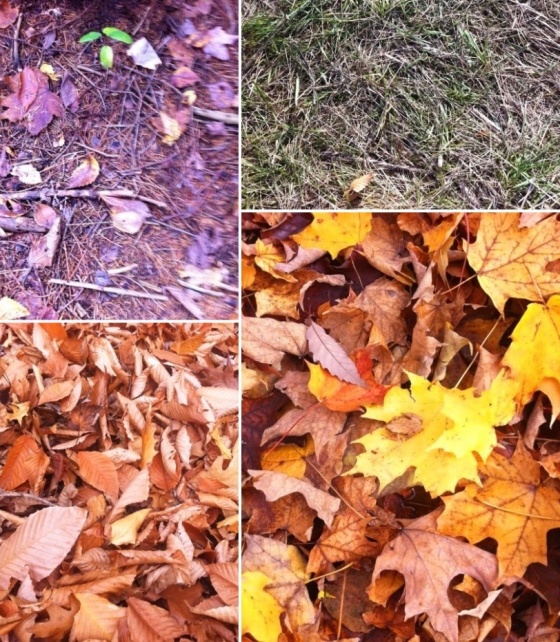
Figure 3: The four forest types examined as put of the method. Beginning top left and moving clockwise you see coniferous, grassland, sugar maple, beech.
The first data collection method, pitfall traps, involved digging a hole in the soil into which a container with small amount of ethylene glycol is placed. The following week the pitfall traps would be examined and the insects within would be collected. The second method involved sifting a 50cmX50cm square of leaf litter and collecting the arthropods that were present.
Three pitfall traps were set and three areas were sampled for sifting, in each of the forest types. This same method was repeated twice. As a result these methods will allow the examination of both the diversity and the abundance of the leaf litter arthropods
References:
Barnes, Robert.D. (2014, July 17th). Arthropod. (Retrieved from http://www.britannica.com/EBchecked/topic/36943/arthropod on October 7th 2014)
Berg, B., & McClaugherty, C. (2003). Plant litter. Decomposition, humus formation, carbon sequestration. Berlin, DE.© Springer-Verlag Berlin Heidelberg. (pp. 76-77)
Bot, Alexandra (2005). The Importance of Soil Organic Matter. Rome: Food and Agriculture Organizations of the United Nations. pp. Chapter 3. ISBN 92-5-105366-9
Buddle, C. M., et al. (2006). “Arthropod responses to harvesting and wildfire: Implications for emulation of natural disturbance in forest management.” Biological Conservation 128(3): 346-357. (http://www.cfs.nrcan.gc.ca/bookstore_pdfs/25952cannotpostonline.pdf)
Crossley, D. A., Jr. and M. P. Hoglund (1962). “A Litter-Bag Method for the Study of Microarthropods Inhabiting Leaf Litter.” Ecology 43(3): 571-573. (http://www.jstor.org.proxy1.library.mcgill.ca/stable/1933396?seq=3)
Margareta B. Kalka, Adam R. Smith and Elisabeth K.V. Kalko, Bats Limit Arthropods and Herbivory in a Tropical Forest. Science 4 April 2008 (5872), 71. [DOI:10.1126/science.1153352] (Retrieved from http://www.sciencemag.org/content/320/5872/71.full )
Peck, S. B, Distribution and biology of the ectoparasitic beaver beetle Platypsyllus castoris Ritsema in North America (Coleoptera: Leiodidae: Platypsyllinae). Insecta Mundi March–June 2006, 20 (1–2): 85. ISSN 0749-6737 (Retrieved from http://digitalcommons.unl.edu/cgi/viewcontent.cgi?article=1054&context=insectamundi)
8.Vanessa L. Fox, Charlotte P. Buehler, Chad M. Byers, Summer E. Drake, Forest composition, leaf litter, and songbird communities in oak- vs. maple-dominated forests in the eastern United States, Forest Ecology and Management 259 (2010) 2426–2432 [DOI:10.1016/j.foreco.2010.03.019]
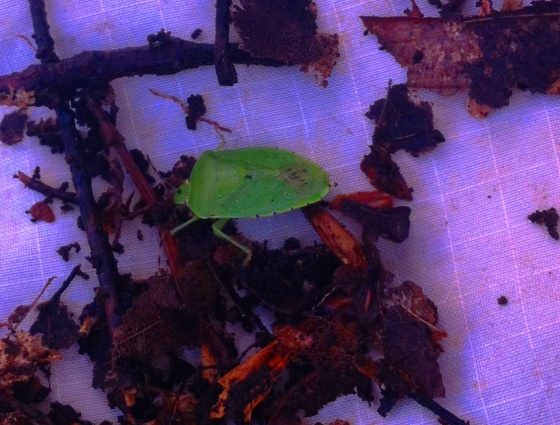
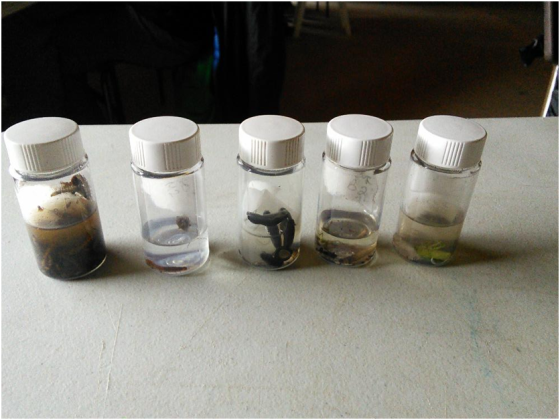
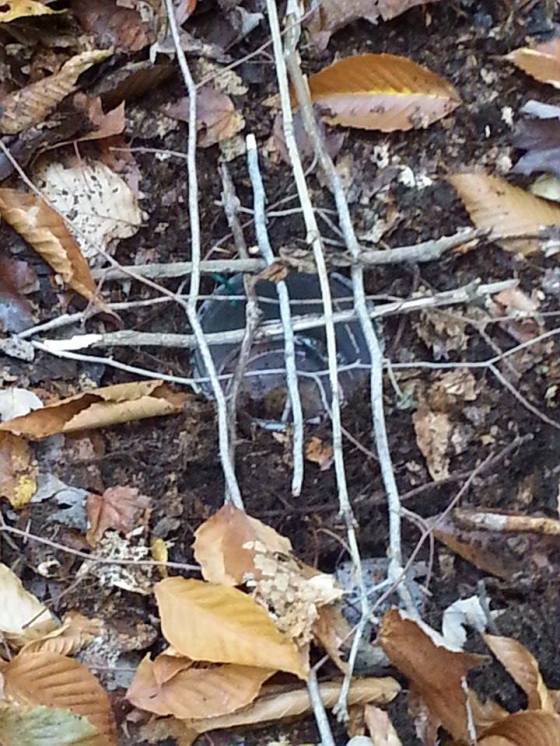
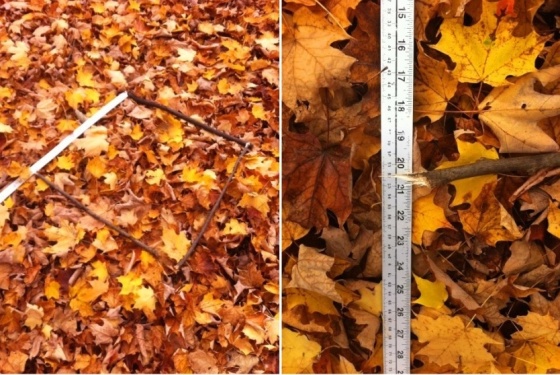
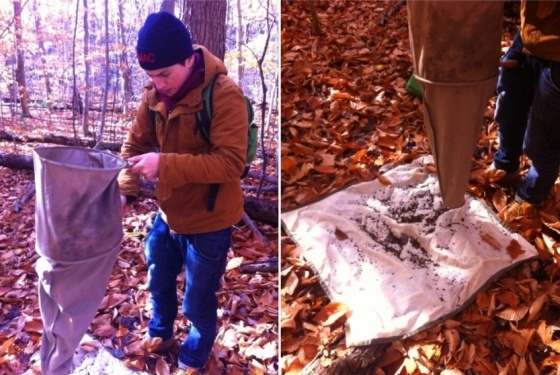
Nice post – I enjoyed seeing your photos, and overview about the project. Obviously seasonality has a strong influence on Arthropods, and given that you studied critters in the autumn, do you think your results can be used to predict diversity in the springtime? I’m also curious about whether the effects of leaf litter type will have a different influence in the Fall compared to the spring.
Thank you for the comment! I believe that the arthropod diversity will change in the leaf litter as the seasons change as the degree of decomposition changes as the seasons progress. Therefore different species will come in to contribute to the decomposition, as it says in the blog post “A succession of arthropod species are involved in the process of breakdown as the leaf litter decomposes (Crossley et al, 1962)”. There is a succession of different species that come in, therefore as the seasons progress different arthropods come in. For that reason I don’t think it is possible to predict diversity in the springtime from our results!
You’ve made a good connection to the succession of species over time, as the resource decomposes, but I wouldn’t discount using your autumn results to predict spring diversity just yet. Remember that ecology operates at multiple scales, and this applies to “succession” as well. Think about it this way: many litter arthropods have life cycles that last a year or more. Also, different species will overwinter at different stages in that life cycle. So, with that in mind, think about how your samples NOW, might let you make at least some predictions about which species may be in the same sites in 4 months.
That’s a very good point that I didn’t originally consider or think about. I’ll definitely keep that in mind now. Thank you
I’m looking forward to seeing your results, especially comparing species diversity among the different habitats and seeing which species are cosmopolitan and which have more specific habitat needs.
When you were sifting the litter, did you collect the litter and put it through a Berlese funnel, or simply pour it on a white sheet (like in your photo) and collect the arthropods that way? If the latter, do you think you might have missed some species that were too small or were able to run off the sheet quickly?
Thank you for the comment! When we were sifting we simply put poured the litter on a white sheet and collected the arthropods. I’m sure there must have been some that we missed, we did the best we could. If we were to do the experiment again would could try using the Berlese funnel to see if the results would be the same!
[…] over an old leaf. Searching for arthropods in litter. Good student research blog by Leaf Litter […]